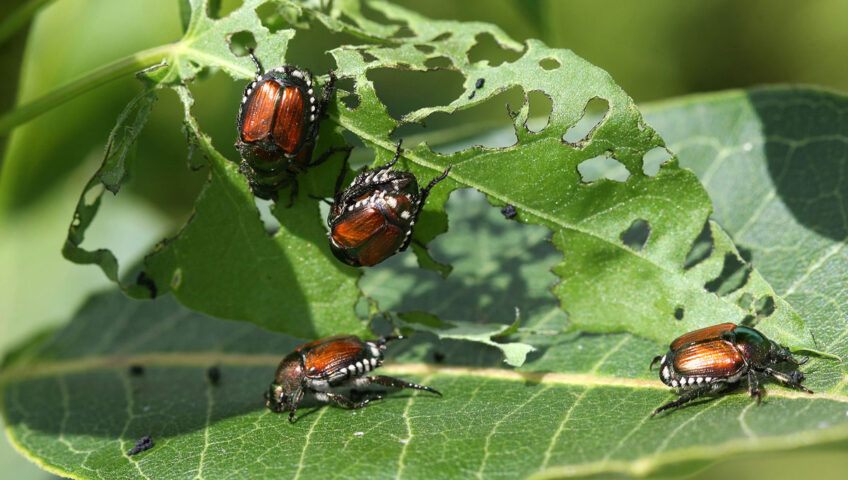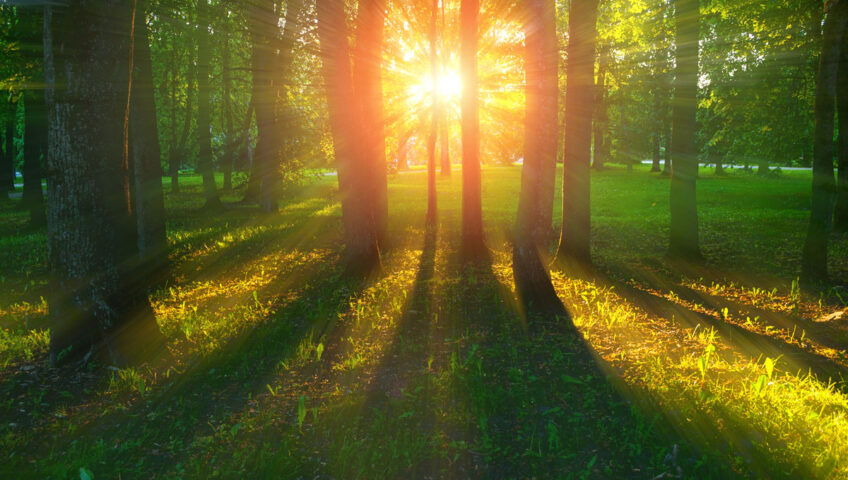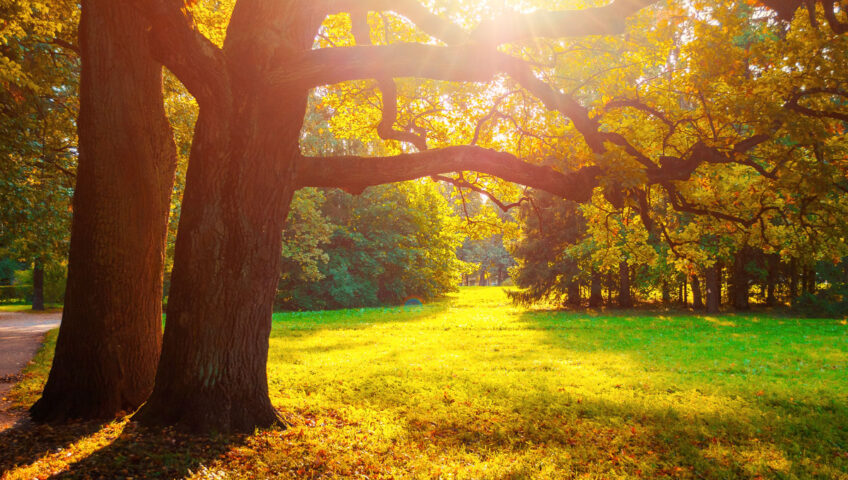A Guide to Emerald Ash Borer Treatment
The emerald ash borer is one of the most destructive species of insect to owners of ash trees. The small, green beetle wreaks havoc on these beautiful trees and it is important to apply comprehensive and effective treatments to properly eradicate them. Since infestation can be systemic causing the species to multiply rapidly, it is important to regularly inspect your ash trees and no what the signs are. If you are able to salvage your ash trees from the destruction, there are thankfully a number of treatment options available.
What Do These Insects Do?
The EAB is an invasive species of insect that primarily lives inside of ash trees, which is the insect’s food source. Discovered in 2002, this species originated in Asia and found their way to the United States where they have decimated all varieties of ash trees and have caused much stress for landscapers and homeowners. The mechanism of infestation begins when females lay their eggs underneath the bark of the trees and the hatched larvae feast upon the trees interior bark, causing the tree to rot from the inside out.
The insect has destroyed millions of ash trees in the United States and Canada alone. The repercussions have been devastating to local home and garden retail stores throughout North America due to wary consumers not wishing to deal with the severity of a possible infestation. Once an infestation spreads throughout the tree, it becomes difficult to salvage due to the destruction of its interior due to the insects feeding.
Treatment Methods: Insecticides
Insecticides are the most popular forms of treatment against invasive insects, however, it can be confusing trying to find the best product. If you have ever experienced the nightmare of cockroach, termite, or bed bug infestation, then you are no doubt aware that insecticides must evolve to keep up with the defense mechanisms of insects. Emerald ash borer treatment is a continuously evolving process and insecticides are at the forefront of that approach.
Treating ash trees with insecticide requires precision since the larvae of the insect maintain a pattern of eating underneath the tree bark. Insecticide treatment should be a two-pronged process where treatment of the adult beetles and the larvae are handled separately. Systemic insecticides are water-soluble insecticides whose mechanism of application involves injecting the soil around a tree or directly injecting the chemical into the tree trunk. Some of these insecticides can be used by homeowners while other types require professionals to administer.
Imidacloprid and dinotefuran are insecticides that can be applied to the soil surrounding the ash tree. These chemicals are absorbed by the tree and work by poisoning the beetles during feeding. Landscaping professionals can administer these chemicals with both accuracy and safety. These chemicals can be administered by spray or injection and offer a comprehensive line of defense against the insects.
Insecticides that are administered through soil or trunk injections are incredibly effective as this allows for the chemical to reach the insects much faster. This process can only be administered by a pest control professional, which is worth the cost if trees are visibly dying. To prepare for this service, it is a good idea to irrigate the ground surrounding the tree as dry soil can drastically limit the effectiveness of the product.
An insecticide spray is a good idea to apply to ash tree foliage to kill adult insects on contact and maintain the killing process through a residual coating. This is the quickest and easiest way to treat ash trees–however, it is perhaps not the most effective. The spray will coat the exterior of the tree and foliage but will take a long time to kill all of the insects, especially the larvae underneath the bark.
Treatment: Tree Removal
The results of insecticides in the treatment of ash trees against these insects have produced mostly positive results. The efficiency of emerald ash borer treatment is dependent upon how bad the infestation is upon discovery and how efficient the homeowner is in providing the most effective course of treatment. The larvae can also feed upon the interior of the tree making patterns where insecticide cannot reach them. Sometimes, alternative methods need to be considered.
Due to the genetic makeup of insects, it is only a matter of time before they develop resistance to popular pesticides. In most cases, if emerald ash borer infestation is caught early, pesticides will adequately save the tree. If the damage has been done, it may be cost-efficient to have the tree removed and start again. Always consult with a landscaping professional to decide the best course of action–since treatment may be a possibility. If needed, they can also remove the infected trees with ease and discuss new options.
If you choose to cut your losses with tree removal and want to start over with new ash trees, start preventative treatment early. Regular inspections of ash trees will alert you to any signs of infestation and will ensure that early detection will help to save your tree. Regular chemical injections by a landscaping professional, either by soil or trunk once per year will keep your tree insect free. Regular inspections by your landscaping company can add to your inspections by also providing preventive and active treatment against any insects found.
In Summary
The ash tree is a beautiful tree that brings joy to homeowners all over North America and even though they are susceptible to these voracious insects, their beauty should be protected. Professional landscaping services offer protection for your trees and can ensure they remain protected with regular maintenance and inspections. Through a selection of chemicals that maintain safety for trees and provide toxicity to the insects, landscaping professionals can combine their experience with the most effective treatment options that will get rid of insects and keep them away. This beetle is moving to more and more states in the country,



